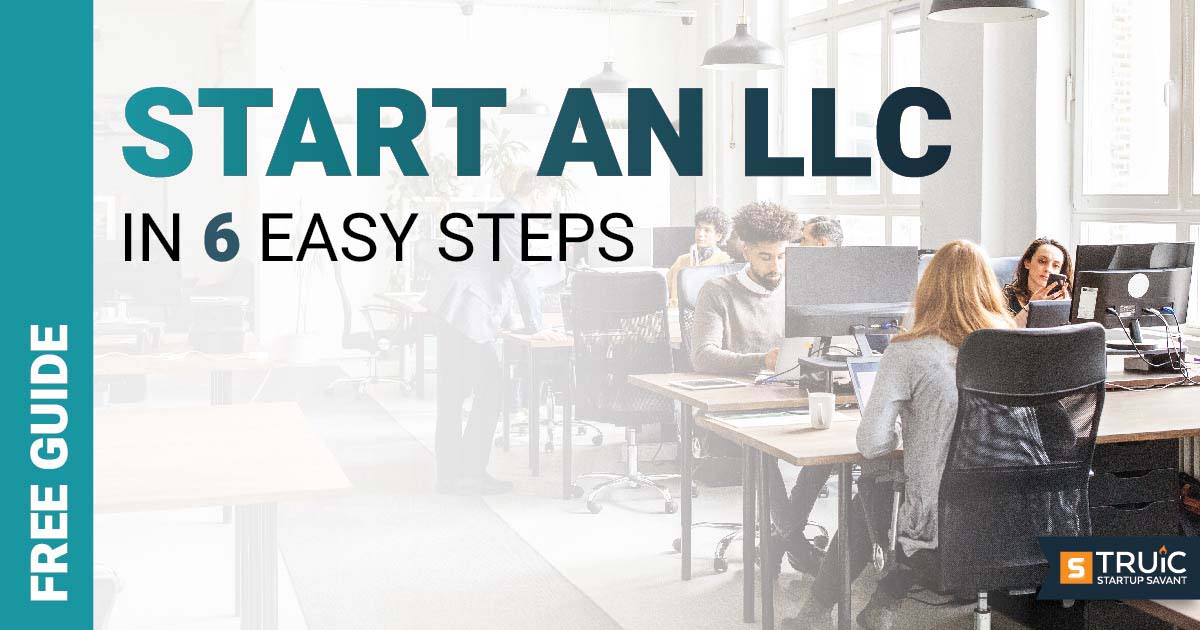Not all website inquiries are sales leads. Most newly registered companies focus all of their attention on isolating the best sales leads and following up on them with everything they have.
While this is good, better still is to supplement that effort by reviewing all of those non-leads and turning them into leads! Here are ideas to improve your online lead generation and get an edge on your competitors.
- Customer service inquiries. When current customers phone in or submit a form for a service issue, give your customer service team guidelines for upselling and cross selling. Good judgment comes into play, because you don’t want to try to upsell when a customer has an emergency or is upset. However, if circumstances are more positive, it could be the perfect time to add a new product or service.
- Customer service inquiries. Other techniques for customer service inquiries are discussing loyalty program enrollment, offering customer-only discounts on future purchases, and promotional offers. When customers initiate contact, it could be an ideal time to explain these options, since the customer is receptive to and expecting a response. Again, use judgment so as not to irritate an already-irritated customer.
- Sales solicitations. People trying to sell to you often phone in or submit website forms. Turn the tables! Instead of ignoring these sales solicitations, explore opportunities to exchange leads or obtain referrals. In some ways, it’s easier to sell to sales people than buyers. The person reaching out to you could be a valuable business ally, so don’t jump to the conclusion he or she is merely an irritant.
- Non-relevant leads. Some inquiries are from people who are looking for something different than what you sell. Instead of ignoring these inquiries, follow up to see if there may be future needs or other current needs that align with your product or service offering. In addition, striking up a conversation could result in a referral for a company or individual who really does need what you are selling. Finally, you can add these people to your mailing list for future contact — again keeping in mind today’s non-lead could be tomorrow’s top prospect.
- Supplier inquiries. When suppliers use your Web forms to communicate, keep your sales hat on. A supplier can be a tremendously valuable source of referrals, and could be a great potential customer. The inquiry may be from a new contact that can help you make headway in efforts to gain referrals, or close a sale to that company or to a shared customer.
- Media and top influencer inquiries. If your website offers free downloads in exchange for email addresses, look through them for email addresses belonging to media and C-level individuals. You can spot them by looking at the company name in the email address, or by doing a quick Google search on their name. Reporters and corporate leaders may be doing research or have a passing interest in your company — but with aggressive follow-up, you could turn them into business allies, business promoters or great customers. You’ll never know if you don’t look.
The bottom line to all this: never jump to conclusions. Any person who initiates contact through your website may have the potential to be a new customer, a lead provider or an influencer. If your only focus is on relevant, large-scale leads, you are limiting the lead generation potential of your website.
As any experienced sales person will tell you, the best customers sometimes come about unexpectedly or in unexpected ways. It’s worth a little extra time, effort and creativity to look for customers under every rock.
 Author bio:
Author bio:
With decades of experience in marketing and sales, Brad Shorr’s expertise has been featured on reputable sites including Forbes and Entrepreneur. He’s currently Director of Content Strategy at Straight North an Internet marketing agency specializing in SEO and PPC. Image credit: undergroundmarketingsociety.com



